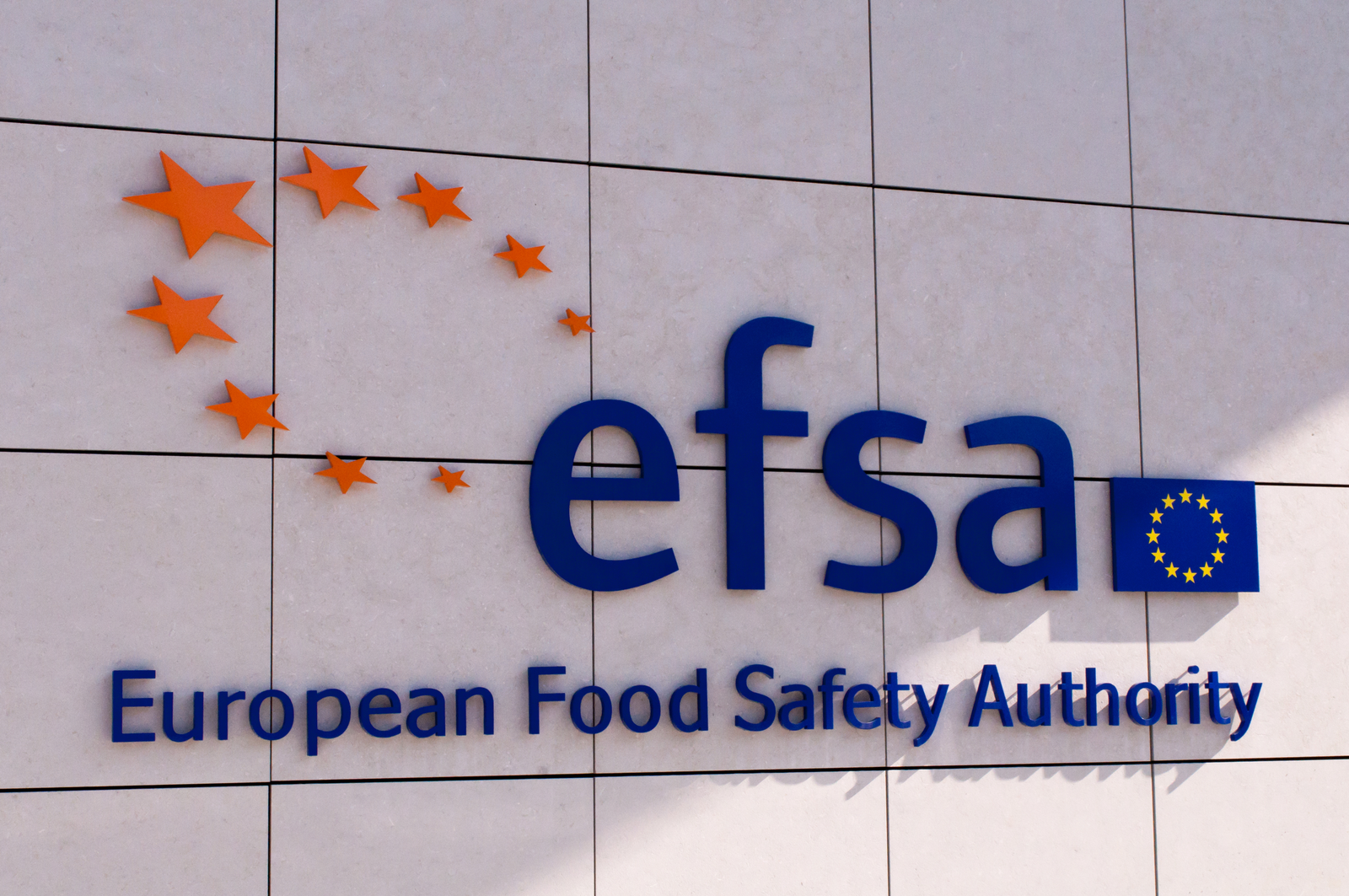EFSA opinion on ethoxyquin as a feed additive

EFSA published its scientific opinion on the use of ethoxyquin as an antioxidant in animal nutrition, based on the data provided by the applicant (ANTOXIAC, the FEFANA Antioxidants Authorisation Consortium) and information available from former assessments.
Regulation (EC) No 1831/2003 sets the legal framework applicable to all feed additives in the European Union and it specifies that all feed additives authorized in the EU prior to that Regulation had to apply for reauthorisation to remain in the market. Application dossiers were requested to be submitted to the EU authorities by November 2010, and feed additives have since been progressively evaluated.
Highly effective antioxidant
Ethoxyquin was among the additives subject to re-authorisation. FEFANA acknowledges the publication of the EFSA opinion and understands the limitations in the risk assessment due to data gaps identified by the EFSA experts. FEFANA stresses the important role that ethoxyquin plays in animal nutrition. It is a highly effective antioxidant used to preserve the nutritional value of key ingredients of animal diets. Its use prevents the production of oxidative reactive compounds in these ingredients and favours shelf life.
Natural and synthetic antioxidants
During the storage of animal feed lipid oxidation occurs. This process results in food rancidity which results into change of taste, scent, and colour, as well as into decrease of shelf life of the feed. Antioxidants are used to limit lipid oxidation and generation of undesired substances (i.e. ketones and aldehydes) and as a consequence to preserve quality and nutritional value of the product. Without antioxidants fats go rancid and foul the feed. Many natural antioxidants may be effective in preserving feed, but in many cases such protection is insufficient. Therefore, synthetic antioxidants must be applied. Ethoxyquin is currently the most efficient antioxidant for this use. Hence, it can be used at lower concentration than other authorised antioxidants. For safety reasons the use of antioxidants is even compulsory (by law and insurances) during transportation of certain ingredients, such as fats, to prevent that their autoxidation creates heat.
Filling data gaps
In its opinion, EFSA identified data gaps, with regards to metabolites and impurities of ethoxyquin. In order to address the critical data gaps, ANTOXIAC has already been taking actions, and will continue carrying out the appropriate studies to generate the data necessary to assess the safety of the product under the defined conditions of use. New insights will then be shared with the authorities. On the comments raised by EFSA on para-phenetidinei, ethoxyquin producers in ANTOXIAC have already taken measures to significantly reduce its concentration in ethoxyquin. Such refined ethoxyquin is now available on the EU market place at commercial quantities. Further, on the toxicity profile of quinone imine, as raised by EFSA, one further study is being performed by ANTOXIAC to complement the dataset and clarify this item.
Follow-up and collaborate
FEFANA is reaching out to different stakeholders of the whole feed chain and the authorities to follow-up and collaborate to address all relevant issues and contribute to the most appropriate regulatory developments, thereby prioritizing the production of safe and nutritious feed in the EU.











